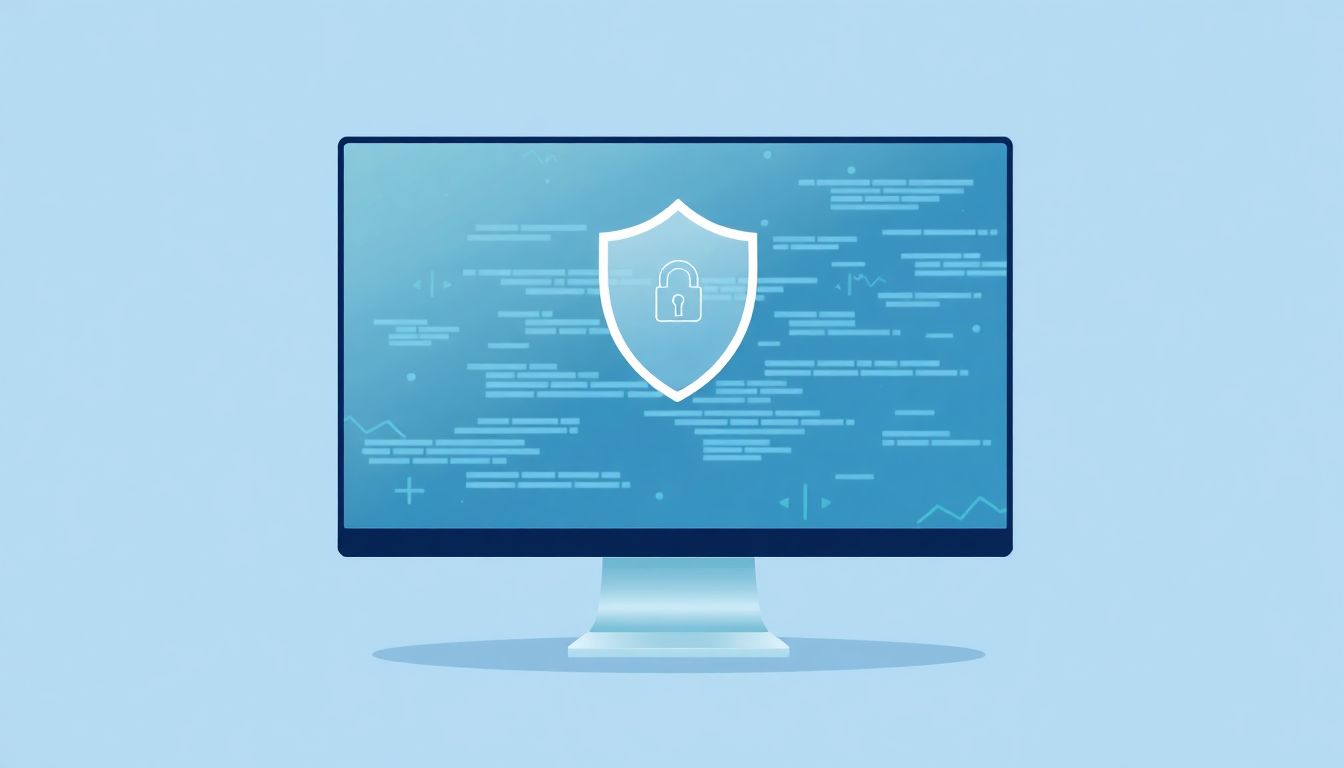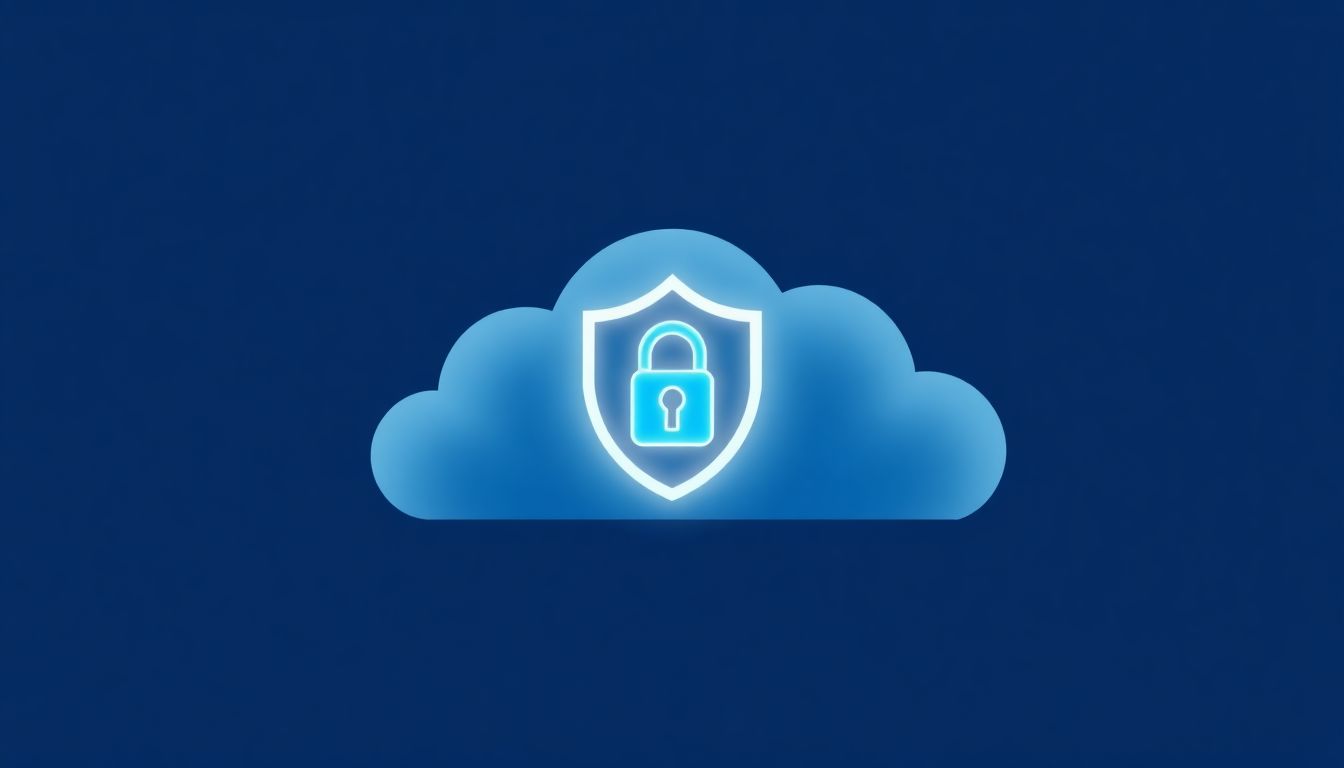Looking for the right AI data masking tools can feel overwhelming with so many options out there. Many struggle to find solutions that keep their data safe without slowing down workflows. Keep reading — I promise to share simple tips to help you pick the best tools in 2025 and keep your data secure.
If you stay with me, you’ll learn what features matter most, how to choose between batch and real-time masking, and what trends to watch this year. I’ll also give you practical advice on implementation and how AI makes data discovery easier, so you can make smarter, safer choices.
So, if you want to protect your info without headaches, let’s walk through what’s new, what to look for, and how to pick the perfect AI data masking partner for your needs.
Key Takeaways
Key Takeaways
- Choose AI data masking tools with automated data discovery, support for different data types, real-time masking, strong encryption, and compliance reporting to stay secure and efficient.
- Top solutions in 2025 include Informatica for large enterprises, IQVIA for real-time masking, Maskit.ai for cloud environments, DataVault for startups, and Symphony.ai for adaptive AI models.
- Select batch masking for large, non-urgent data tasks; opt for real-time masking when immediate protection is needed, especially in live data scenarios.
- The AI data masking market is growing fast, reaching around $2.5 billion in 2025, driven by rising privacy concerns, stricter laws, and cloud adoption.
- Organizations face increasing data breaches and regulatory pressure, making AI data masking vital for protecting sensitive data, especially in banking, healthcare, and retail sectors.
- The market is dominated by cloud-based solutions, with large companies leading and industries like finance and healthcare prioritizing advanced, compliant masking tools.
- Choosing the right vendor depends on your organization size, data types, and compliance needs, with options ranging from affordable solutions for startups to advanced tools for big enterprises.
- Most organizations use a mix of batch and real-time masking to balance security and operational flexibility based on their specific needs.

Key Features to Look for in AI Data Masking Tools
When choosing an AI data masking tool, focus on features that make your data secure and your workflow smooth. Automated data discovery is a must—this saves you hours chasing after sensitive info manually. Look for tools that support both structured and unstructured data, because your data isn’t always tidy.
Real-time masking is becoming a standard, especially if your organization runs on live data streams. It prevents sensitive info from ever leaving your systems unmasked. Strong encryption methods, like AES or RSA, are essential to keep your masked data protected outside the tool too.
AI-powered classification and contextual masking adapt to different data types and usage scenarios. It means your tool learns what’s sensitive based on data context, reducing false positives, and making your masking smarter over time. Lastly, check if the tool offers compliance reports—this is crucial for navigating data privacy laws like GDPR or CCPA.
Top AI Data Masking Solutions in 2025
By 2025, several solutions stand out in the market, thanks to their features and user reviews. Informatica leads the charge with its AI-driven classification and comprehensive compliance options, making it ideal for large enterprises. Iquova offers real-time masking capabilities that are perfect if your organization needs quick, secure data processing.
Another notable player is Maskit.ai, which provides automated discovery and masking for cloud environments—ideal as cloud adoption dominates the market, capturing over 60% of deployments in 2024. For smaller teams or startups, DataVault offers affordable, easy-to-integrate solutions with a focus on compliance and security.
Plus, emerging players like Symphony.ai are introducing AI models that improve with use, making data masking smarter and more adaptable as threats evolve. Choosing wisely depends on your organization size, data types, and compliance needs, but these names are a good starting point.
Understanding the Differences Between Batch and Real-Time Masking
Knowing whether to go for batch or real-time data masking can feel confusing, but it boils down to your organization’s needs. Batch masking is like doing laundry—it’s scheduled, processed in chunks, and usually runs overnight. Great if you don’t need immediate data access and want to batch-process large amounts of info at once.
Real-time masking, on the other hand, is more like a coffee shop barista—masking occurs instantly as data flows through. This is essential if your business operates with live customer data, like in banking or fraud detection, where delays can cause issues.
If compliance or data privacy regulations demand that sensitive information never leaves your system unmasked, real-time is the way to go. It also reduces risk in dynamic environments—think of fraud detection systems that need to catch issues on the fly.
Choose batch masking if your data is used mainly for analytics or if real-time speed isn’t critical. Consider your operational schedule, speed needs, and compliance rules to make the best call. Often, organizations use a mix of both to balance security and operational flexibility.

Market Growth and Size of AI Data Masking in 2025
The market for AI data masking is gaining serious traction, with an estimated size of around $2.5 billion in 2025.
This number is set to grow as organizations become more aware of the need for data privacy and security, especially with increasing cyber threats.
By 2033, experts project the market will reach approximately $2.827 billion, reflecting a compound annual growth rate of roughly 11% to 15%.
Then, by 2034, some forecasts estimate the market will hit around $3.8 billion, showing robust expansion driven by tighter regulations and cloud adoption.
This expansion isn’t happening in a vacuum—it’s driven by the rapid rise in data privacy incidents and the need for quick, reliable masking solutions in cloud environments.
Key Use Cases and Drivers of AI Data Masking in 2025
Over 40% of organizations report facing data privacy incidents, which underlines the need for better data control methods.
In 2025 alone, nearly 42 million records were compromised during cyberattacks in just one month, emphasizing how vital data masking has become.
A key driver? Stricter data privacy laws like GDPR, CCPA, and industry-specific regulations push companies to mask data before sharing or analysis.
Cloud computing is another big factor—more than 60% of deployments are cloud-based, making scalable and automated masking tools essential for modern organizations.
These drivers mean that companies across sectors—especially banking, healthcare, and retail—are investing heavily in AI data masking to stay compliant and protect customer trust.
Market Segments and Vertical Insights in 2025
The lion’s share of data masking solutions is in the cloud—over 60% in 2024, and that trend is only accelerating as more companies move to hybrid and cloud environments.
Large enterprises dominate the market, accounting for over 71% of total adoption, since they deal with massive data volumes and face strict compliance requirements.
Within verticals, banking, financial services, and insurance (BFSI) lead all industries, holding over 26% of the market share thanks to their regulatory burdens and the high value of financial data.
Healthcare and retail follow close behind, driven by the need to protect sensitive patient and customer data in real-time scenarios.
Understanding where your organization fits can help you pick tools tailored for your size and industry needs, ensuring compliance and reducing risk effectively.
Popular AI Data Masking Vendors and Solutions in 2025
Several companies stand out in the data masking space this year. Informatica remains a leader for its AI-powered classification features and strong compliance options.
IQVIA offers real-time masking, perfect for companies that need up-to-the-moment data protection.
On the rise is Maskit.ai, which automates discovery and masking especially in cloud environments—popular as more businesses move to the cloud.
For smaller teams or those on a budget, DataVault delivers straightforward, affordable tools focused on compliance and security essentials.
Emerging players like Symphony.ai are using adaptive AI models that get smarter over time, offering better protection against evolving threats.
Selecting the right vendor hinges on your data types, size, and specific compliance landscape—these names are good starting points.
Differences Between Batch and Real-Time Data Masking
If you still aren’t sure whether to go for batch or real-time masking, think of it like laundry versus a barista making your coffee—both have their place.
Batch masking is processed in chunks—usually overnight—making it suitable for large data sets used in analytics or reporting where speed isn’t critical.
Real-time masking, on the other hand, happens instantly as data flows, which is essential for activities like fraud detection, live customer interactions, or any scenario requiring immediate data privacy.
For compliance purposes, real-time masking reduces the chance of sensitive data being exposed in transit or during processing.
Most organizations benefit from adopting a mix of both, using batch masking for historical data and real-time for ongoing transactions.
Ultimately, your choice depends on your operational needs and the environment you’re working in—be honest about what matters most: speed or depth of protection.
FAQs
Key features include data discovery, customizable masking methods, support for batch and real-time processing, compliance tools, and user-friendly interfaces for easy implementation and management.
Choose batch masking for large data sets processed periodically, and real-time masking for live data streams needing immediate protection during transactions.
Compliance features ensure your organization adheres to data privacy laws like GDPR or HIPAA, reducing legal risks and safeguarding sensitive information effectively.
Smaller organizations may prioritize ease of use and cost, while larger ones should focus on scalability, integration, and comprehensive security features to meet complex needs.